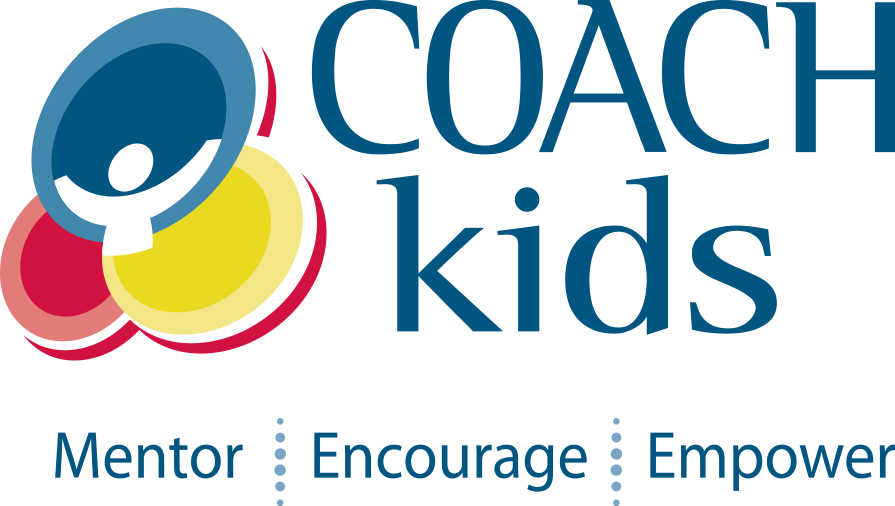MENTOR RESOURCES: Help Making Friends
8 Ways to Help Your Grade Schooler Learn Social Cues
By Lexi Walters Wright
Understood.org https://www.understood.org/en/friends-feelings/common-challenges/picking-up-on-social-cues/8-ways-to-help-your-grade-schooler-learn-social-cues#slide-1
Does your grade-schooler have difficulty “reading” other people’s body language? Does he/she misunderstand what’s happening in social situations? Here’s how you can help your child pick up on common social cues.
- PRACTICE MAKING EYE CONTACT – Encourage your child to look at your eyes when you two talk. When she’s focused on your face, she can see your expressions change. (Make sure your eyes are on her when she speaks to you, too.) Ask her what your expressions mean. If she doesn’t know, explain the message your were sending.
- ENCOURAGE ATTENTION – Give your child your full attention when you’re talking to her. By doing so, you’re setting a great example. Save texting and checking your email for another time. Try not to let your mind wander. If you notice your child spacing off when you’re speaking to her, gently guider her back: “Can you please look at my face when I’m talking to you?”
- OBSERVE YOUR CHILD’S EXPRESSIONS – Help your child realize how expressive (their) own face can be. This can help (them) notice other people’s facial expressions. You might say, “Your eyebrows are raised. Are you feeling surprised?” or “That’s a big smile. Tell me what you’re so happy about.”
- NOTICE OTHERS’ BODY LANGUAGE – Help your child begin to see what the people around (them) are “saying” with their bodies. Playing charades can be a fun way to get kids thinking about communicating through their bodies. Also, point out the behavior of people you see: “The man in that line is tapping his foot and fidgeting. How do you think he feels” Talk through how characters on TV are feeling based on their body language.
- DISCUSS WHAT’S EXPECTED IN DIFFERENT SITUATIONS – How your child talks on the playground to friends shouldn’t be the same as how (they’d) address the principal. Kids who have trouble with social cues might no realize this. Talk with your child about the different people (they) interact with regularly. Who might get a high five? Who gets a more formal hello?
- POINT OUT PITCH AND TONE – Some kids have trouble noticing changes i voice, sometimes called inflections. When that happens, your child might miss a bigger message because she’s taking speech too literally. So help her notice nuances in pitch and tone. Talk through how the same statement (for example, “Can you please get me the mail?”) can be a simple request or an angry demand, depending on how you say it.
- PRACTICE INFLECTIONS – If your child can read aloud well, have (them) read to you regularly. Choose stories that have lots of dialogue. That way (he/she) can practice changing (their) voice depending on how the character is feeling or what (they’re) trying to say. If your child doesn’t read well, you can read stories to (them) that have lots of dialogue or take out an audiobook from the library.
- ROLE-PLAY COMMON SCENARIOS – Kids who have trouble with social cues can benefit from practicing everyday interactions. Try role-playing different situations with your child. Respond to things (they say or do) using body language and expressions. Ask your child what messages you’re sending out and how she might react to them.

